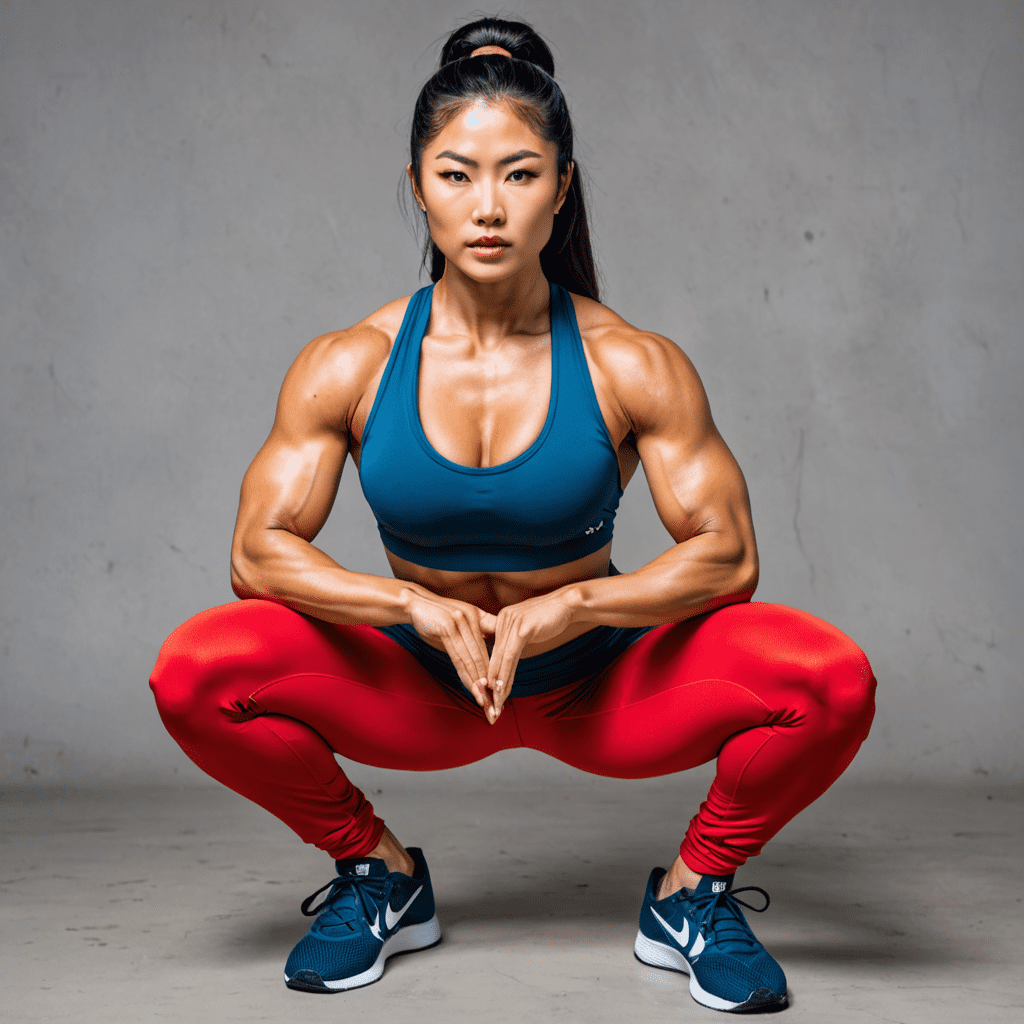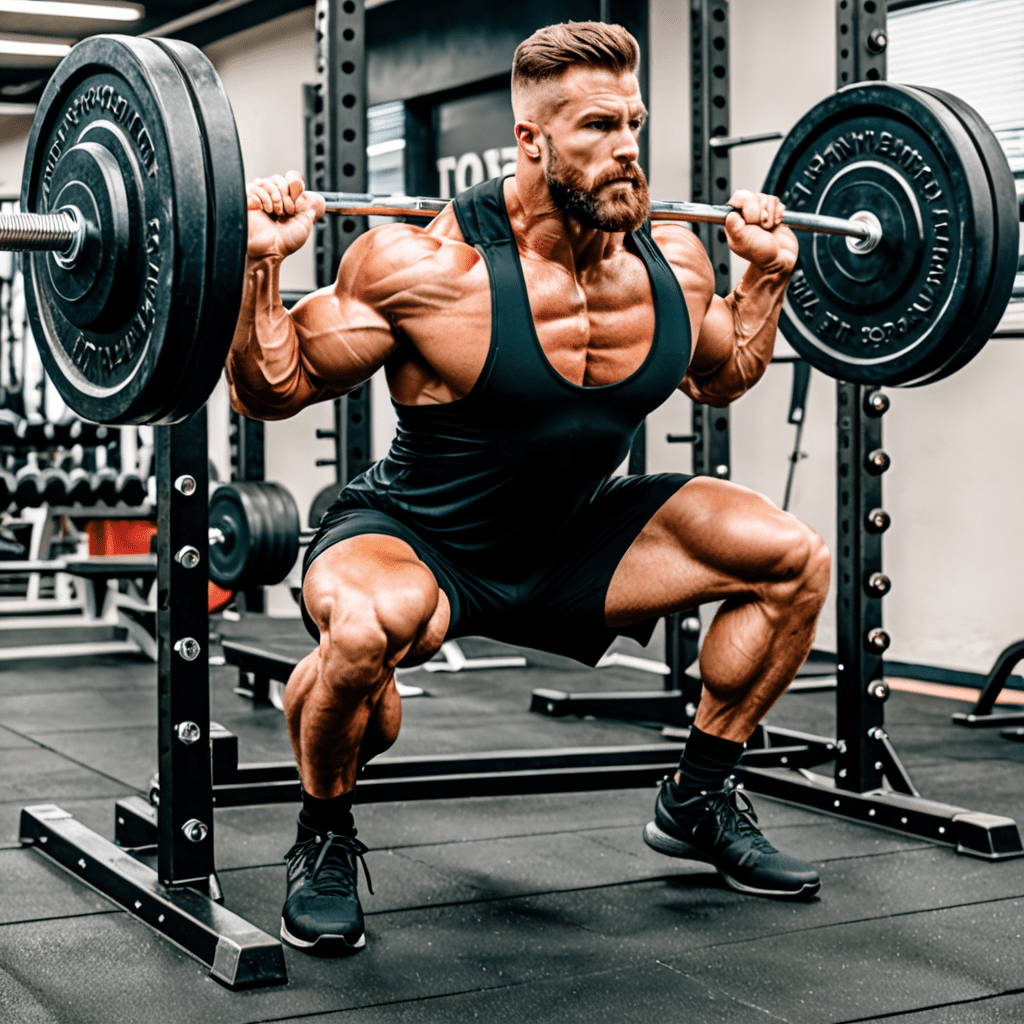
Mastering the Asian Squat
The Asian squat, also known as the deep squat or third world squat, is a valuable and functional movement pattern practiced widely in Asian cultures. It is a natural resting posture that offers various health benefits, including improved flexibility, balance, and lower body strength. If you struggle to perform the Asian squat, don’t worry; it can be mastered with consistent practice and proper technique.
Understanding the Asian Squat
The Asian squat involves resting in a deep squat position with the feet flat on the ground and the hips lowered close to the heels. This position requires flexibility in the ankles, knees, and hips, as well as a good sense of balance and stability. Many people in Western cultures find it challenging due to a lack of flexibility and mobility in these areas.
Preparing for the Asian Squat
Before attempting the Asian squat, it’s essential to warm up your lower body with dynamic stretches and movements. Focus on loosening the ankles, knees, and hips through exercises like ankle circles, leg swings, and hip openers. This will help prepare your body for the deep squat position.
Practicing the Asian Squat
Start by standing with your feet shoulder-width apart and gradually lower your body into the squat position. Keep your back straight, chest up, and heels on the ground. Use your elbows to push your knees out slightly, which can help improve your stability and depth in the squat. Aim to hold the position for 10-30 seconds initially, gradually increasing the duration as your flexibility improves.
Improving Flexibility and Balance
Consistent practice is key to improving your flexibility and balance in the Asian squat. Incorporate daily mobility exercises and stretches targeting the ankles, knees, and hips. Additionally, try to spend a few minutes each day in the deep squat position, gradually working towards a more comfortable and stable stance.
Avoiding Common Mistakes
When practicing the Asian squat, it’s important to avoid common mistakes that can lead to discomfort or injury. This includes rounding the lower back, allowing the heels to lift off the ground, or putting excessive strain on the knees. Focus on maintaining a neutral spine and distributing your weight evenly through your feet.
Frequently Asked Questions
Coming soon…


